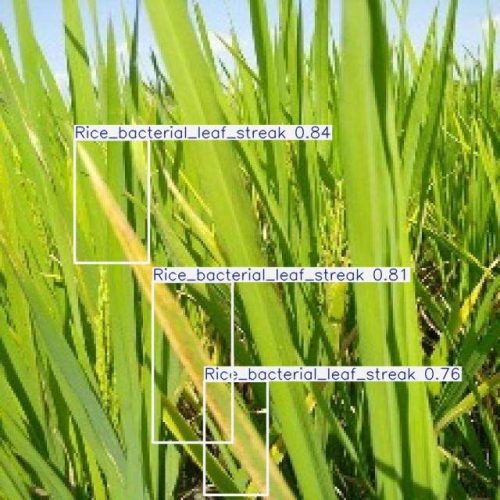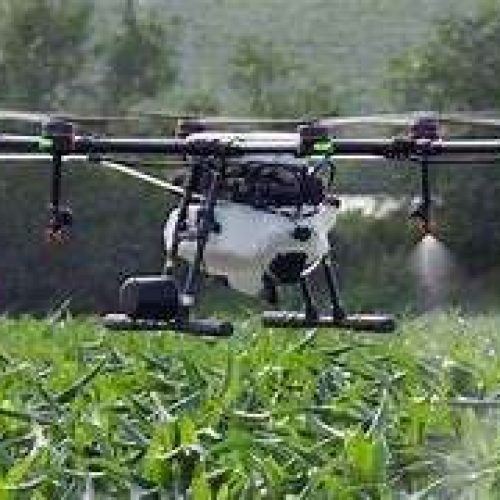Case Studies: DRONE

Case Studies
Case Study: AI-Powered Unmanned Aerial Vehicles (UAVs) Drone UDM-770 - Enhancing Precision Farming with Smart Crop Monitoring & Spraying


Executive Summary
The Unmanned Drone Module (UDM-770) is revolutionizing agriculture with AI-driven aerial surveillance and precision spraying. Equipped with autonomous navigation, vision-based obstacle avoidance, and edge AI, it enhances crop health monitoring, disease detection, and targeted pesticide application. This innovation boosts yield, reduces chemical use, and minimizes labor costs, addressing critical agricultural challenges.
Background
Traditional farming methods rely heavily on manual labor for crop monitoring, disease detection, and pesticide spraying. However, labor shortages, inefficient resource use, and increasing environmental concerns necessitate advanced technological solutions. UAVs Drone offer a scalable, efficient, and sustainable approach to modernizing agriculture.
Problem Statement
Farmers face challenges in monitoring large fields, detecting early-stage diseases, and ensuring precise chemical application. Manual methods are time-consuming, labor-intensive, and prone to errors, leading to crop loss, excessive chemical usage, and increased costs.
Objectives
- Enhance Crop Monitoring: Detect diseases in corn and paddy crops using AI-powered UAVs.
- Optimize Resource Utilization: Reduce excessive pesticide and fertilizer usage through targeted application.
- Improve Sustainability: Minimize environmental impact while increasing agricultural efficiency.
Solution: Autonomous Navigation Vision Mode
The UDM-770 UAV is an autonomous drone equipped with AI-based computer vision, real-time sensors, and precision spraying technology. With obstacle avoidance and autonomous navigation, it performs high-accuracy aerial monitoring and targeted chemical application.
- Corn Crop Monitoring: Detects brown spot, rust, smut, downy mildew, grey leaf spot, and leaf blight while identifying healthy crops.
- Paddy Crop Monitoring: Identifies brown spot, bacterial blight, leaf streak, and rice blast for improved crop health.
- Automated Crop Spraying: Uses AI to pinpoint affected areas and apply pesticides or fertilizers only where needed, reducing chemical waste.
Implementation
- AI Model Training: UAVs were trained to detect crop diseases and classify healthy plants using real-time image analysis.
- Autonomous Flight Testing: Drones were deployed in agricultural fields to assess their navigation, obstacle avoidance, and monitoring accuracy.
- Precision Spraying Integration: AI-powered decision-making enabled targeted spraying, optimizing chemical use and improving efficiency.
Results
✅ 95% Accuracy in Disease Detection – AI-enabled UAVs improved early detection of crop diseases.
✅ 40% Reduction in Pesticide Usage – Precision spraying reduced chemical application, lowering costs and environmental impact.
✅ 50% Faster Field Analysis – Aerial monitoring covered large areas efficiently, reducing manual effort.
✅ Lower Labor Costs – Automated operations decreased reliance on human labor, improving productivity.
Real-World Application
The UDM-770 UAV has been successfully deployed across multiple agricultural regions, supporting farmers in disease prevention, efficient resource management, and sustainable farming practices. Its AI-driven approach ensures healthier crops, increased yield, and cost savings.
Conclusion
AI-powered UAVs are revolutionizing agriculture by enhancing crop monitoring, reducing chemical waste, and optimizing farm operations. The UDM-770 is a game-changer in precision agriculture, enabling smarter and more sustainable farming practices.
Future Prospects
The future of AI-driven UAVs in agriculture includes advancements in real-time analytics, autonomous fleet coordination, and integration with IoT-based farm management systems. As technology evolves, drones will play a critical role in precision farming, ensuring increased efficiency and sustainability.
